#Bear Mountain State Park
Explore tagged Tumblr posts
Text


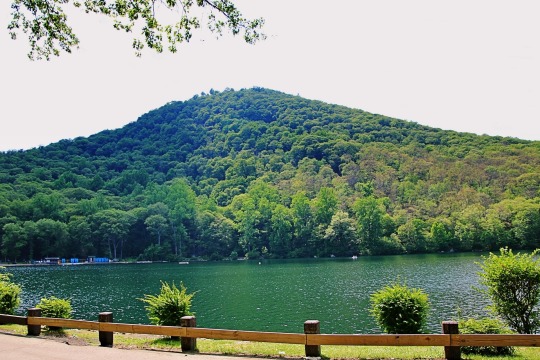

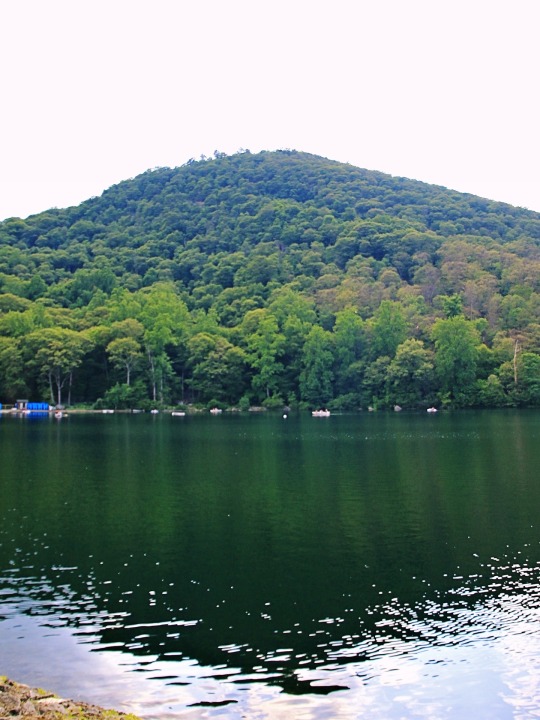
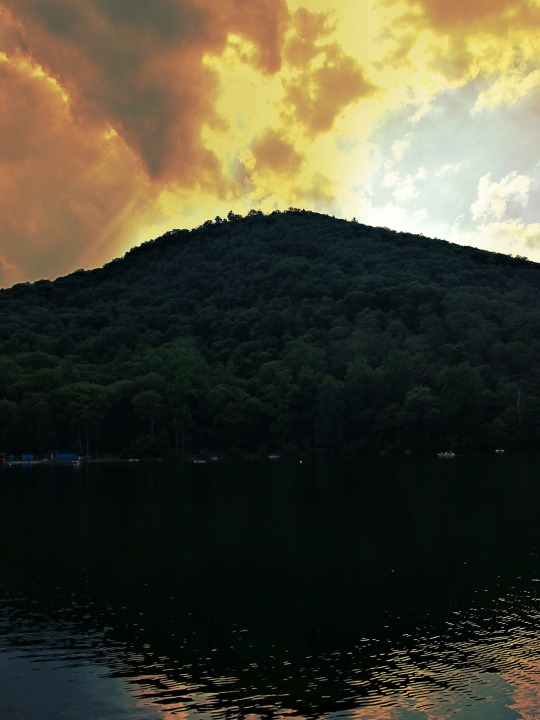
BEAR 🐻 MOUNTAIN
#Bear Mountain State Park#Hessian Lake#Promenade#Bear Mountain#Hudson Valley#Mountains#Hudson Highlands#New York
8 notes
·
View notes
Text

Bear Mountain State Park, Bear Mountain, New York, USA
Clay Banks
#Bear Mountain State Park#Bear Mountain#New York#USA#State Park#NYNature#US#United States of America#United States#North America#FromAbove
1 note
·
View note
Text
A Day At Bear Mountain
I never walked the whole way up Bear Mountain before. I had been to the top a few times when I was younger, but my parents drove us there. So today I finally made the trek. It was pretty steep at times, and my legs are killing me, but it wasn’t terribly difficult. It took about an hour and a half to go up, less than an hour to go down. And I spent a lot of time trying to identify plants. I’ve…

View On WordPress
0 notes
Text

Ski in the Bear Mountain State Park, NY, US
American vintage postcard
#tarjeta#postkaart#sepia#carte postale#ansichtskarte#mountain#briefkaart#american#park#photo#photography#postal#postkarte#vintage#postcard#historic#us american#state#bear#ephemera
6 notes
·
View notes
Text






#bear mountains state park#photographers on tumblr#bear mountain bridge#iona island#perkins memorial tower#hudson valley
10 notes
·
View notes
Text

Bear Lake, Rocky Mountain National Park, Colorado, USA
by haveseen
#haveseen#photographer#bear lake#lake#mountains#forest#autumn#rocky mountain national park#colorado#landscape#united states#nature
18 notes
·
View notes
Text



















New Hampshire became the ninth state to ratify the Constitution of the United States on June 21, 1788.
#Fox Hill Point#White Mountain National Forest#USA#Atlantic Ocean#travel#original photography#vacation#tourist attraction#landmark#cityscape#architecture#landscape#seascape#countryside#summer 2018#Lily Pond#Hobo Junction#Bear Brook State Park#Lincoln#Beaver Pond#Moore Reservoir#New Hampshire#9th US State#21 June 1788#anniversary#US history#Old Man of the Mountain#2009
4 notes
·
View notes
Text
This New Park Gives Different Views of the Grand Canyon—with No Crowds
These sacred Indigenous lands in Arizona just got government protection. Here’s how to explore their hikes, wildlife, and impressive vistas.
— By Joe Yogerst | September 1, 2023

Red Butte, which the Havasupai people call Wii'i Gdwiisa (“Clenched Fist Mountain”), is one of many sacred Indigenous sites within Arizona’s new Baaj Nwaavjo I’tah Kukveni Grand Canyon National Monument. Named a national monument by President Joseph Biden in August 2023, the one-million-acre wilderness offers hiking, backcountry camping, and views of the Grand Canyon without the crowds. Photograph By Taylor McKinnon, Center For Biological Diversity
Grand Canyon National Park draws 4.7 million visitors a year to the northwest corner of Arizona to hike, camp, or watch wildlife. But most of them don’t realize that the lands within and surrounding the park are sacred to the region’s 12 Indigenous tribes, which include the Havasupai, Hopi, Navajo, and several bands of Paiute.
That changed on August 8 when President Joseph Biden signed a decree creating the Baaj Nwaavjo I’tah Kukveni—Ancestral Footprints of the Grand Canyon National Monument. Sprawling across more than 960,000 acres directly north and south of the national park, the new monument offers more rugged, less crowded recreation than its neighbor. It also provides a view of the landscape through Indigenous eyes.
“Baaj nwaavjo in Havasupai means ‘where the ancient people roamed,’” says Carletta Tilousi, coordinator of the Grand Canyon Tribal Coalition. “I’tah kukveni is the Hopi translation of ‘ancestral footsteps’. This reaffirms their creation stories.”
Here’s how the monument came to be, and how to explore it.
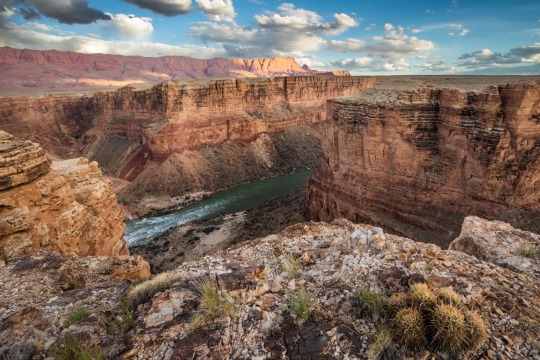
Baaj Nwaavjo I’tah Kukveni yields views of the Colorado River and Grand Canyon from a different perspective. Photograph By Amy S. Martin
How to Make a National Monument
It took two million years for the Grand Canyon itself to form and around 40 years for Baaj Nwaavjo I’tah Kukveni to become reality. “The protection for these lands is something the tribes have focused on since as far back as the 1980s,” says Amber Reimondo of the Grand Canyon Trust, a nonprofit devoted to preserving the region.
Many of these Indigenous people were expelled from their territory when Grand Canyon National Park was established in 1919. They campaigned for decades to receive stronger protection for their lands around the park, overcoming entities that wanted fewer legal obstacles to development and mining. After President Biden’s election in 2020, the 12 tribes formed a coalition which led to the lands receiving federal status.
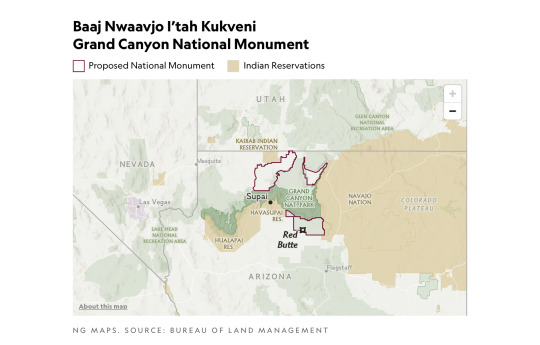
Though the National Park Service oversees Grand Canyon National Park, monuments such as Baaj Nwaavjo I’tah Kukveni are run by the U.S. Forest Service (USFS) and the Bureau of Land Management (BLM). Monuments generally have fewer restrictions regarding their use (e.g., sometimes hunting or logging is allowed), as well as fewer facilities for visitors.
Fewer Amenities, Fewer Crowds
Like many national monuments, Baaj Nwaavjo I’tah Kukveni exudes raw nature. It has no bathrooms or visitor center; access is primarily via dirt roads or rough trails; you’ll need a four-wheel-drive to reach many sections of the park.
What it offers is solitude and peace amid the forests and grasslands of northern Arizona. You can gaze at the Grand Canyon without thousands of other people jostling for the same space, hike trails where yours are the only footsteps, and make camp at secluded spots. Plus you might encounter wildlife such as elk, black bear, mule deer, birds, or bison.
That solitude is also important to the Indigenous people. Tilousi says that when she visits the busy South Rim inside Grand Canyon National Park, “It’s very difficult for me to find a spot where I can offer prayers and offerings in a quiet way.” She feels that won’t be an issue in the off-the-beaten-track lands of the new monument.

Native plants including yucca flourish within Baaj Nwaavjo I'teh Kukveni National Monument. Photograph By Amy S. Martin
Exploring the Monument
The vast wilderness of Baaj Nwaavjo I’tah Kukveni is divided into three distinct sections or parcels, each with its own appeal.
The southernmost section, the Tusayan Ranger District/South Parcel, is the easiest to explore. Comprising 330,000 acres within the Kaibab National Forest, its pine woodlands and sagebrush prairie are accessible via Forest Service roads or Sections 35 through 37 of the Arizona Trail, an 800-mile hiking route stretching across the entire state.
The South Parcel also shows signs of human life, including the rusty hangar of the 1920s Red Butte Airfield and the 80-foot-tall Grandview Lookout Tower, which you can climb for views of the Colorado Plateau and the Grand Canyon.
The other sections of the monument, Kanab Plateau/Northwest Parcel and Rock House Valley/Northeast Parcel, are located beyond the North Rim section of Grand Canyon National Park.
“It's a big, remote wilderness,” says Michael Cravens, advocacy and conservation director of the Arizona Wildlife Federation. “I’ve never in my life been somewhere with night skies that spectacular.” But he cautions visitors “to be careful and prepared” for the extreme weather and topography. You can reach the northern parcels on BLM roads south of U.S. Highway 89A.

The vast House Rock Valley stretches through a portion of the new national monument. Photograph By Taylor McKinnon, Center For Biological Diversity
Stretched across the Kanab Plateau and Antelope Valley, the Kanab Plateau section has hiking routes through spectacular side canyons and to panoramic views such as Gunsight Point.
The Hack Trail drops down into the Kanab Creek Wilderness with its enormous red-rock canyons, a landscape almost as impressive as the Grand Canyon itself. Experienced hikers can continue down Kanab Creek to the Colorado River or along other trails to vertiginous overlooks along the North Rim.
Set beneath the Vermilion Cliffs National Monument, the Rock House Valley section of Baaj Nwaavjo I’tah Kukveni tumbles across sagebrush flats to the edge of Marble Canyon. Rugged hiking trails here include the Soap Creek Trail, which winds down from the Rapids/Badger Camp Overlook to a primitive campsite near the river.
Rough roads lead south to viewpoints for Rider Canyon, South Canyon, and other offshoots of the Grand Canyon. Here, you might even spot the North Rim’s resident bison herd, brought to the Arizona Strip in 1906 by Charles “Buffalo” Jones as part of efforts to save the species.
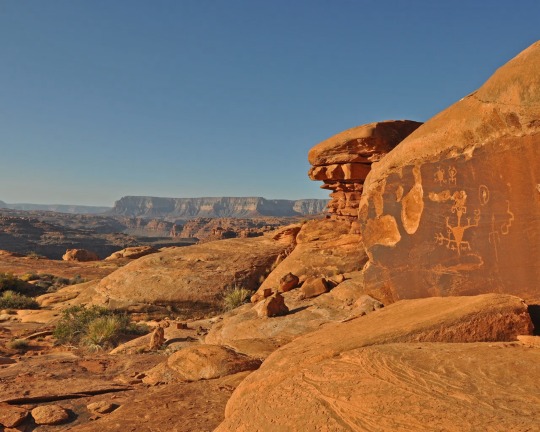
Ancient rock art can be spotted in the Kanab Creek Wilderness portion of Baaj Nwaavjo I’tah Kukveni National Monument. Photograph By Natpar Collection, Alamy Stock Photo

The Havasupai Indian Reservation in Arizona, which includes the Havasu Waterfall—part of the Havasupai Falls—is the current home of the Havasupai people. After the Grand Canyon became a national park, they were forcibly removed from their traditional homelands in the canyon and in nearby lands that will be part of the new national monument. Photograph By Mike Theiss National Geographic Image Collection
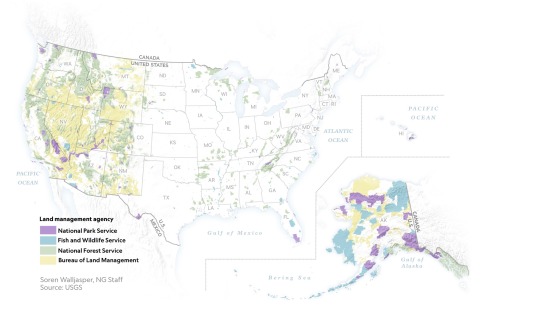
1 Million Acres of ‘Sacred’ Land Near Grand Canyon are Receiving New Protections! The designation of the land as a national monument, confirmed to National Geographic this week by the White House, will prevent new uranium mines and protect historically significant tribal lands.
#United States 🇺🇸 National Parks#New Park#Grand Canyan#Indigenous Lands#Arizona#Wildlife#Red Butte | Clenched Fist Mountain#Arizona | Baaj Nwaavjo I’tah Kukveni Grand Canyon National Monument#Center For Biological Diversity#President Joe Biden#Carletta Tilousi | Coordinator | Grand Canyon Tribal Coalition#Ancestral Footprints#Colorado River#Amber Reimondo | Grand Canyon Trust | Non-profit | Region Preservation#National Park Service#U.S. Forest Service (USFS) | The Bureau of Land Management (BLM).#Wildlife | Elk | Black Bear 🐻 | Mule | Deer 🦌 | Birds 🦅 | Bison 🦬#Hike Trails#Off-The-Beaten-Track Lands#Tusayan Ranger District | South Parcel#Kaibab National Forest 🌳#Colorado Plateau#Kanab Plateau/Northwest Parcel | Rock House Valley/Northeast Parcel#U.S. Highway 89A#Michael Cravens | Arizona Wildlife Federation#Kanab Plateau | Antelope Valley#Gunsight Point#Hack Trail#Vermilion Cliffs National Monument#Rock House Valley
3 notes
·
View notes
Text
Bear Mountain State Park, NY

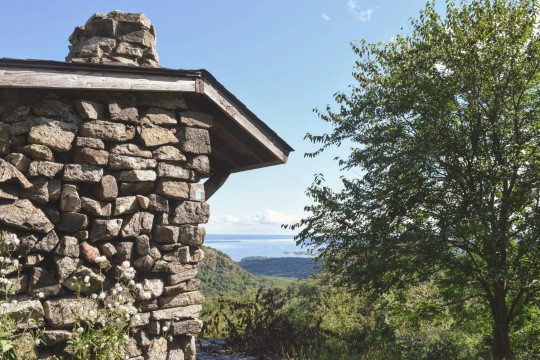


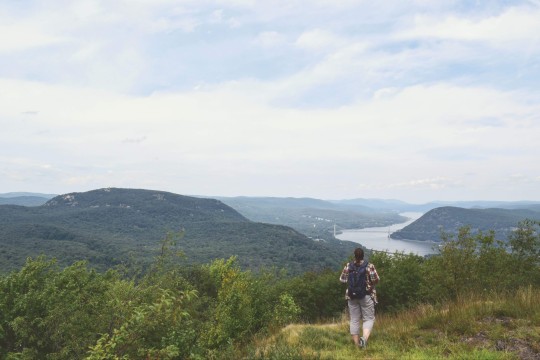
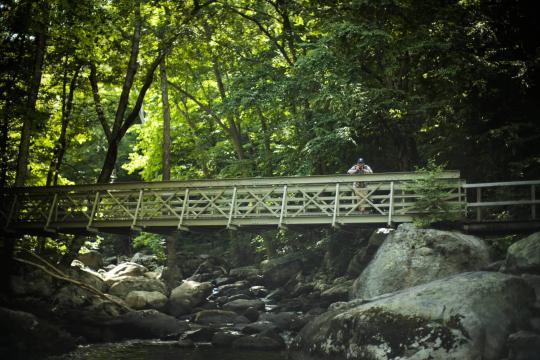
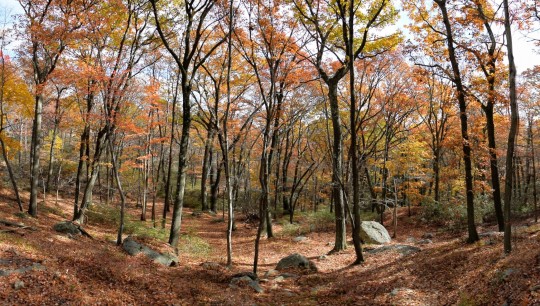
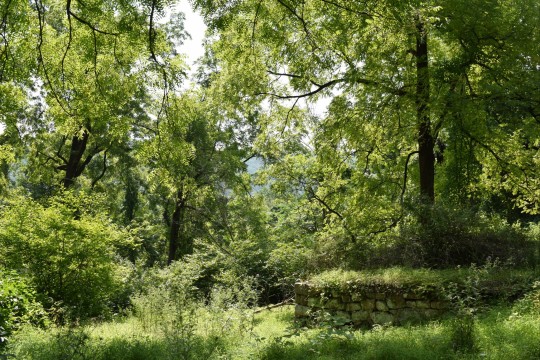
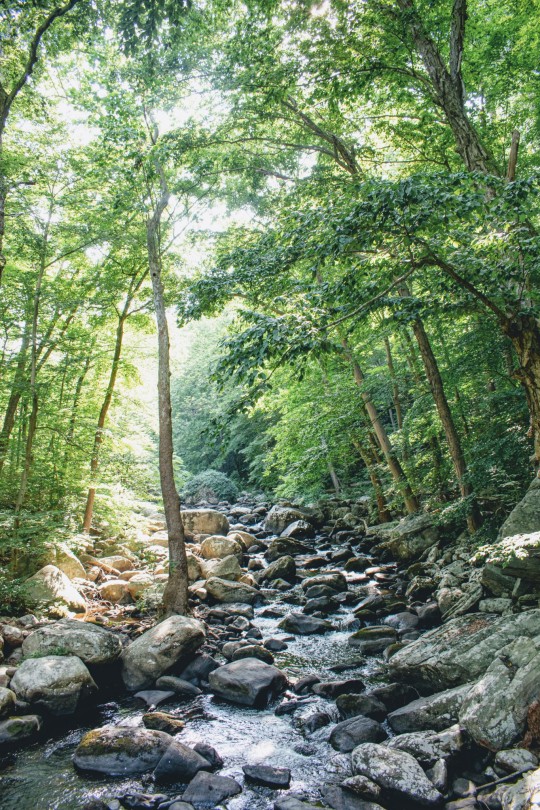
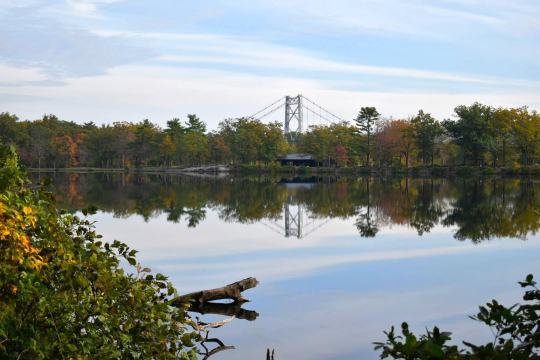
Easy accessible without car with direct Shortline bus from Port Authority to Bear Mountain or by Metro-North Hudson Line to Manitou train station and something like 2 miles walk to the park.
#bear mountain state park new york#hiking#bear mountain bridge#nature#hour from NYC#lakes and woods#hiking trails#bald mountain#west mountain#popolopen torne#doodletown
15 notes
·
View notes
Text

2 notes
·
View notes
Text

1 note
·
View note
Text








BEAR MOUNTAIN STATE PARK & POOL ʕ灬→ᴥ←灬ʔ
#Bear Mountain State Park#Hessian Lake#Bear Mountain#Swimming Pool#Water Park#Hudson Valley#Mountains#Hudson Highlands#New York
3 notes
·
View notes
Text
The Sierras Nevada mountains bear ancient scars.
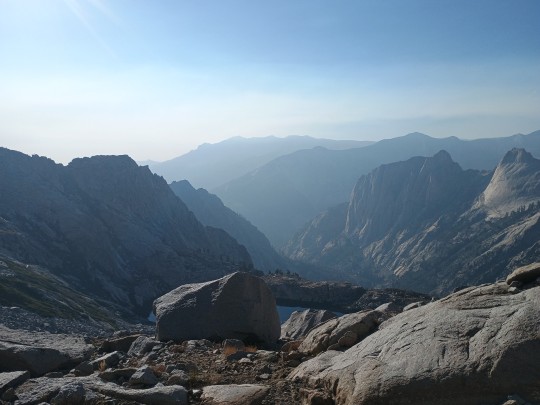
(Pic: the valley that forms the path of the Middle fork of the Kaweah River, going westward from the Kaweah gap. Sequoia NP.)
These relatively young mountains started as a plateau in Western North America (or rather, Laurasia) during the Cretaceous and early Paleogene. But soon afterwards, rivers carved a rugged landscape. As glaciation periods began ~30-40 mya, the advancing and retreating of rivers of ice from the mountaintops scoured this further into deep, granite canyons. Their scouring revealed buried pockets of magma, solidified into domes, spires, and monoliths, many of which are named and iconic.

(Pic: half dome viewed from El Capitan. Yosemite NP.)
Now, with humans, the fate of these canyons has been varied.
The Yosemite Valley is by far the most well known and recognizable of these canyons. While it is protected as a national park, it is one of the most famous and highly visited parks in the entire US, and a world famous recreation destination. Because of this, it's well preserved, but fairly built up. The Yosemite village has full time habitation from park workers, car traffic, two hotels, restaurants, shops, and more. A natural wonder and recreation destination to be sure, and the neighboring high country is extremely wild, but certainly notably built up.

(Pic: East Yosemite valley from the Yosemite falls trail. The Ahwanee hotel is visible on the left.)
Within the boundaries of the same national park is a sadder story: Hetch Hetchy. Hetch Hetchy valley, just North of the Yosemite valley, boasts similar granite features to Yosemite itself- but some are submerged forever. In the early 20th century, the valley was dammed and flooded to supply water to the booming city of San Francisco. It still does. Some proposals have been made to drain it, but some believe that the damage is already done.
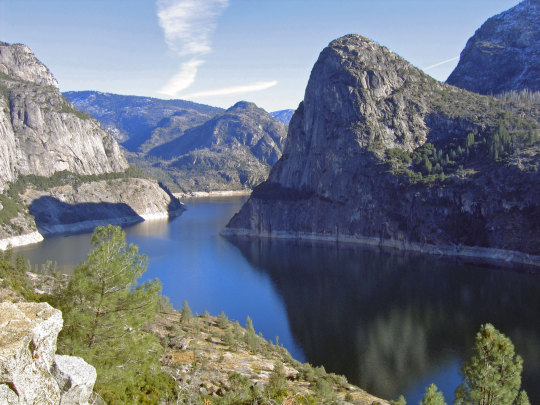
(Pic: Hetch Hetchy reservoir. Only pic in this post not by me, taken from NPS website.)
Kings Canyon represents a middle ground. In 1940, General Grant national Park was expanded to include the canyon, and subsequently renamed Kings Canyon National Park, now jointly managed with Sequoia NP. Car access is possible, and there are visitor services at the bottom, but nothing in the scale of Yosemite. A more typical national park experience, it feels a lot more rugged and wild, while boasting many similar granite features.

(Pic: looking down the paradise valley as it connects to Kings Canyon.)
And then.... There's the Kern valley.
Tucked discreetly in the Southeast of the Sierras, relatively little people know of its existence, despite being as deep and grand as the others.
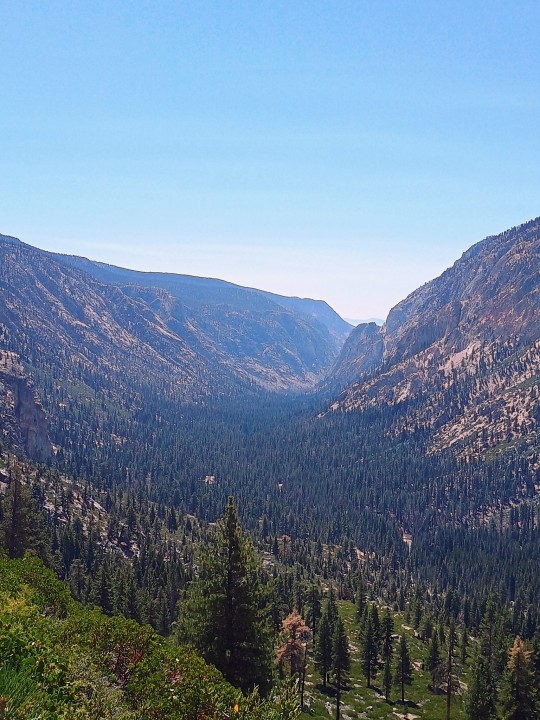
The reason for this is it's level of protection. The Kern Valley is a wilderness area of Sequoia NP- the highest level of protection for conservation in the United States. In wilderness zones, no permanent structures or roads are permitted- only hiking trails and primitive campsites.

Some parts of the lower Kern fall outside of this boundary, but the upper Kern is only accessible by multiple days on foot. Numerous hiking trails cross cross the area, including the High Sierra Trail, which I completed a week ago.
It's gorgeous, and even though it's used by hikers, it feels untouched by human hands.
But.
We can show it something else.
Some kind of .... Body part. That has a day of the week based following in this website.
That's right, you fools.
THIS IS ANOTHER TGIRL TUMMY TUESDAY POST!
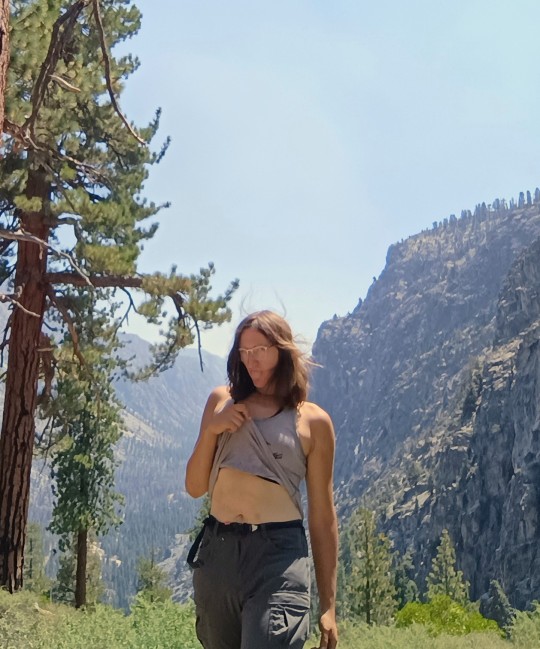
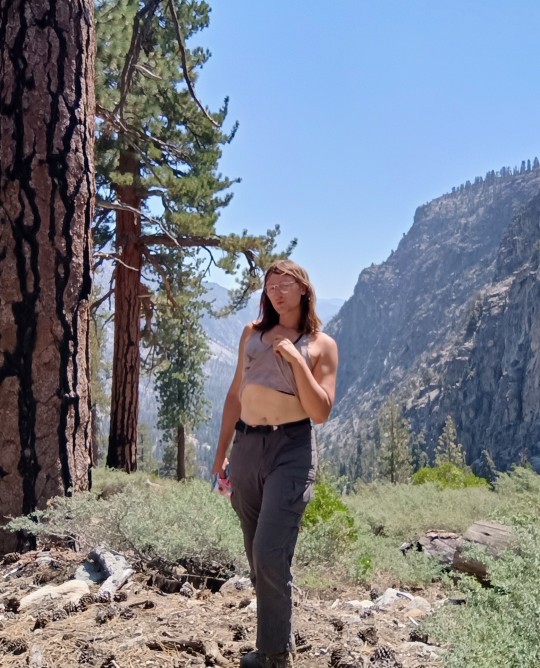
On August 24th, I descended into the Kern from the West via the HST, and decided to show it what I know best- some good fucking tgirl tummy.
Happy Tuesday to the freaks, the degens, and the losers, and the business they get up to, to make their lives more interesting, whatever if may be.
Tags under the cut!
@lilithtransrights @xenasaur
@whalesharkcat @godless-of-the-hunt
@anarqueeen @shakukon-to @eruditegeek
@puzzlecatt @sagasolejma
@havingsecondthots @quinns-sinns
#tgirl tummy tuesday#cute trans#hot trans#trans is beautiful#hiking#hikeblr#midriff#tgirl tummy#transgender#trans#trans woman
93 notes
·
View notes
Photo
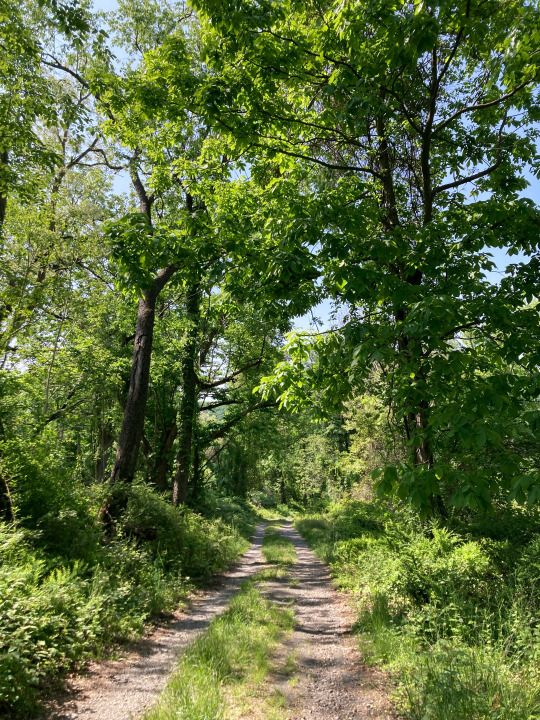

2023.06.04 // 16:45 hiking and reading (and cold brew, as always)
pic: bear mountain state park, tomkins cove, n.y.
#497#mine#studyblr#studyspo#study inspo#study#student#study motivation#studyblrpositivity#studyblr community#studysthetics#study aesthetic#productivity#productivity aesthetic#academia#academia aesthetic#college#collegeblr#university#uni#uniblr#university student#uni life#lookstudyblr#intellectys#lookmaria#elkstudies#athenastudying#studylustre#archystudy
646 notes
·
View notes
Text

Predation, not fear of wolves, keeps elk from denuding Yellowstone
So you remember that "how wolves change rivers" video that came out a few years ago? The premise was that with the reintroduction of gray wolves to Yellowstone National Park, they singlehandedly altered the behavior of overpopulated elk, who were less likely to damage riparian vegetation and allowed rivers to recover to a more natural state.
It is true that elk behavior has changed, and that has had a positive effect on ecosystem within Yellowstone. However, a new in-dept study demonstrates that it was more of a group effort of several different species of predator--humans included--rather than the wolves alone. It isn't just the presence of wolves that cause the elk to be more fearful, but increased risk of predation overall.
Obviously this is a new study, and it stands alone at the moment. So there will almost certainly be critiques that help us fine-tune our understanding of what's going on here. But the more information we have to flesh out the story of Yellowstone's rewilding, the better.
What I want to emphasize is that this is NOT an argument against the positive ecological role of wolves as a keystone species. There are all too many anti-wolf activists who will see this as an excuse to vilify this species, since those of us who support wolf reintroduction often leaned on the earlier studies to show the benefit of wolves within Yellowstone.
Rather, I want to promote the idea that this study helps demonstrate that biodiversity = good! Wolves are good, mountain lions are good, grizzly bears are good, because they are all a part of the native ecosystems within Yellowstone and beyond. Obviously we now have to balance this out with post-settlement human conflicts, but we have increasing evidence that there are so many more options besides the wholesale extermination of large predatory species anywhere they might ostensibly come into contact with humans or our livestock.
So no, wolves are not the miracle animal that earlier narratives have painted them as, but they are still a crucial keystone species in the ecosystems they historically inhabited prior to European/American colonization and extermination efforts, and this study still supports wolf reintroduction, particularly within Yellowstone.
#wolves#gray wolves#Yellowstone National Park#North America#Wyoming#nature#wildlife#animals#ecology#environment#science#conservation#scicomm#keystone species#elk#habitat restoration#restoration ecology#how wolves change river
78 notes
·
View notes
Text



bear mountain state park, perkins memorial tower lookout
2 notes
·
View notes